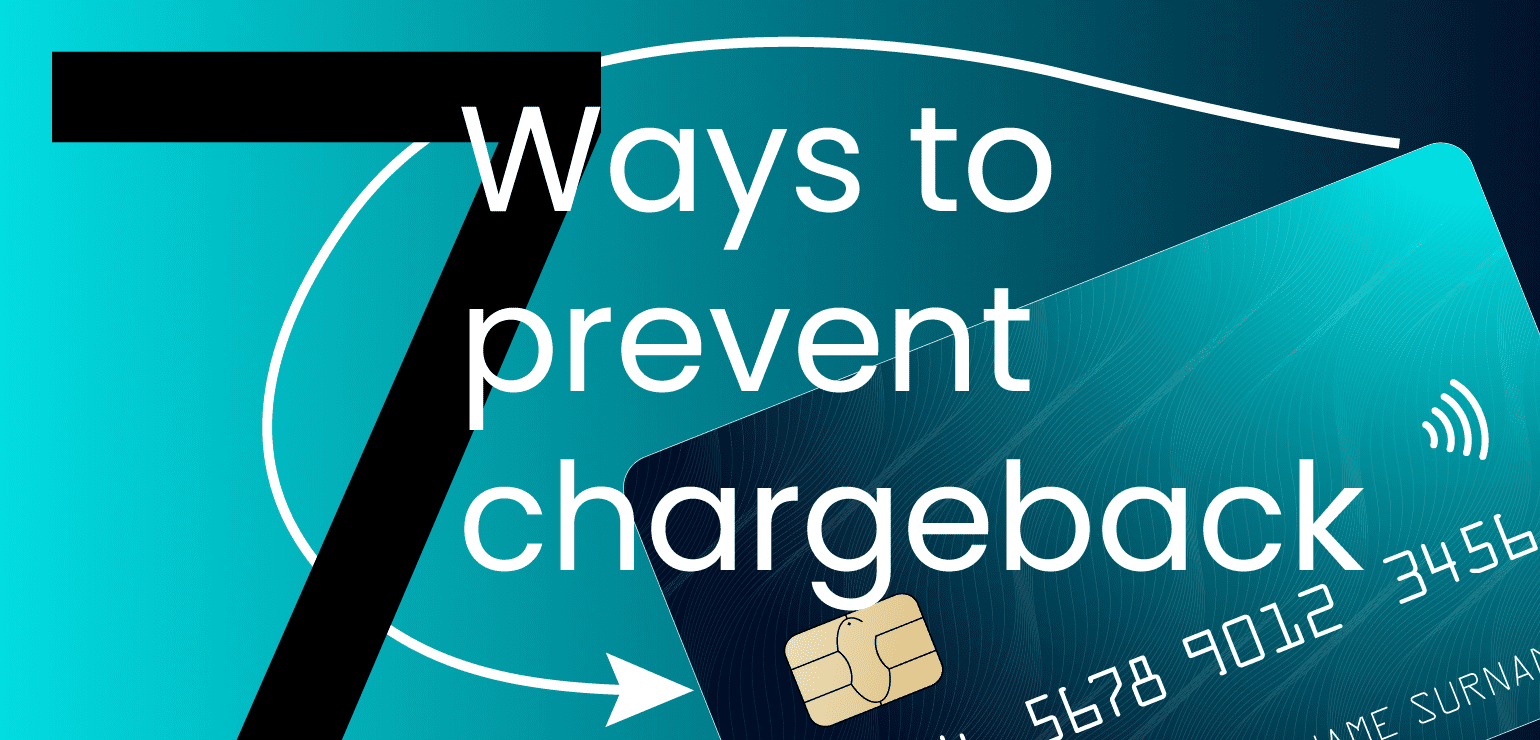Paid search for eCommerce 2023: highlights from our workshop

Article topics
- What’s a paid search audit?
- Our top tips for boosting your campaigns
- Performance Max campaigns: are they a good thing?
- Join us for our next workshop
At Xigen, we’re always looking for ways to help eCommerce businesses improve their marketing, supporting them in increasing leads and generating more revenue.
At the start of December, we held our very first online workshop on the topic of paid search advertising.
Hosted by James Pruden, Managing Director at Xigen and Stephen Maguire, Paid Search Specialist, we discussed some common issues we’ve uncovered during paid search audits.
Read on to learn what to avoid when optimising your paid search advertising channels, and how to make your brand shine online in 2023!
What’s a paid search audit?
If you’re using paid search to find customers, whether on Google Ads, Microsoft Advertising, or social media, an audit can determine what you’re doing well and where you can improve.
Our paid search specialists will review all aspects of your existing campaigns, from how they’re set up to the copy and assets used. We can then make recommendations as to how you can improve your conversion rate.
Here are our top tips for boosting your campaigns, based on our previous paid search audits.
Find out more about the paid search services we offer at Xigen.

1. Don’t obsess over your optimisation score
This is a recent development in Google Ads and one that we’re not keen on as a paid search specialist.
The way your optimisation score works is that Google Ads uses artificial intelligence to rate your individual ad campaigns out of 100. It then makes recommendations as to how you can boost your score.
Sounds good in theory, right? The only issue is that most of these suggestions involve spending more money or letting Google Ads automate certain aspects of your account. Both of which aren’t good for your business.
That’s not to say that all the optimisations that Google Ads recommends are wrong. For example, it may recommend keywords you didn’t think of or advise how to improve your ad targeting. The key is thinking about what Google Ads is suggesting and whether it will help you in the long term.
It’s worth checking to see if auto-apply recommendations are turned off in your ads account, so you have complete control at all times.
2. Add negative keywords to your campaigns
If you’re finding you’re burning through your search ads budget quicker than usual, adding negative keywords to your campaign can help.
A negative keyword acts as a filter. If people search using one of your negative keywords, they won’t see your ad. This not only means better website traffic and a higher conversion rate, but also a better quality score and a lower cost-per-click.
Let’s say you sell high-end jewellery on your eCommerce store. To ensure your ads target the right people, you may add negative keywords like ‘cheap,’ ‘discount,’ ‘sale,’ or ‘bargain.’
You can also use negative keywords to filter out people at the start of the sales funnel, for example people asking questions like ‘how do I do X?’ or ‘should I buy an X?’ This means you can focus your budget on those who are ready to buy.
Get into the habit of checking the search terms people use to find your ads on Google Ads and Microsoft Advertising at least once a week. You can then add any irrelevant words to your negative keyword list.
3. Use all the available ad extensions
This point inspired a lot of debate in our workshop, with some participants seeing extensions as invaluable, and others seeing them as clunky! While some extensions may look messy to a digital marketer’s eye; if they lead to more clicks, it’s ultimately a good thing.
A wide range of ad extensions are now available, from lead generation forms to seller ratings. Google adds new extensions often, so it’s worth checking in regularly to see what’s new.
Ultimately the more extensions you use, the more ad combinations become available, increasing the chances of people clicking through to your website. Not only this, but Google uses extensions in quality score calculations, meaning you might even pay less for your ads.
4. Maximise your headlines and descriptions
Google sunsetted extended text ads in June this year, in exchange for responsive ads. Responsive ads combine several different headlines and descriptions together to ensure the right ad copy is served to the right users.
Responsive ads have room for up to 15 headlines and four longer descriptions, but in our experience, people don’t take advantage of all the space available. Here are some ways you can enhance your ads:
- Sell the benefits your product or service provides, not the features
- Look at the ads your competitors are using for inspiration
- Use direct language that encourages people to act
- Include the keywords your searchers are using
- In our workshop, delegates asked if it’s best to use sentence case (Where only the first letter at the start of the sentence is capitalised) or title case (Where All Letters Are Capitalised). When we did our paid search training many years ago, we were told to use title case as this made ads stand out; however sentence case is now a lot more common. We recommend trying both and seeing which one resonates most with your customers
p.s Here’s a top tip for you if you miss extended ads; you can ‘pin’ headlines and descriptions in responsive ads to ensure your ads always show specific information.

5. Take the time to manage your shopping data
As well as search ads, we also audit shopping ads for our clients. If you run an eCommerce store, shopping ads are a fantastic way to showcase your products at the top of Google.
In fact, it’s estimated that shopping ads generate 85% of all clicks on Google Search!
With all this potential traffic, ensuring your feed is accurate and complete is essential. Otherwise, you may experience a high bounce rate on your site as there’s a mismatch between your advert and your product page.
The key lies in uploading high-quality data to Google Merchant Center and making any additional changes to products on the platform. If there are any disapprovals or missing attributes, take the time to make any amends.
Like search ads, it’s crucial to think about your ad copy. Consider your titles and description – what keywords are your target audience searching for?
And finally, an easy way to manage your data in Google Shopping is to use custom labels for better segmentation. For example, you can set it so seasonal products only appear at certain times of the year, or you increase bids on high-value products.
Performance Max campaigns: are they a good thing?
Google Ads is currently pushing Performance Max campaigns to customers, and clients often ask us if they should try it.
Performance Max is a new campaign type that lets users manage several different ad types from one place. For example, you can run display ads, search ads, map ads, and YouTube ads all from the same campaign.
Our opinion is that while Performance Max might get better in the future, it’s currently lacking finesse.
For example, you can’t currently add negative keywords to your campaign unless you talk directly to an ads rep, and it’s hard to determine where data has come from. It’s a challenge to see which keywords or audiences are performing the best.
Performance Max may be a good option for businesses looking for an easy way to set up and manage campaigns. However, there seems to be a lot of ‘trust the system and let Google do its thing,’ which doesn’t sound promising!
Join us for our next workshop
This is the first in a series of free workshops we are hosting about digital marketing. Why not join us for our next one?
We’ll post more information soon; follow us on LinkedIn to find out the date and time of our next session.


 Back
Back
